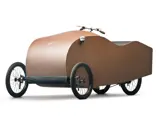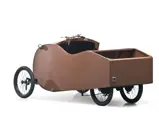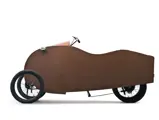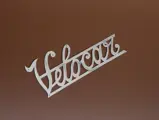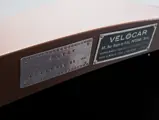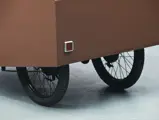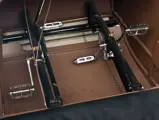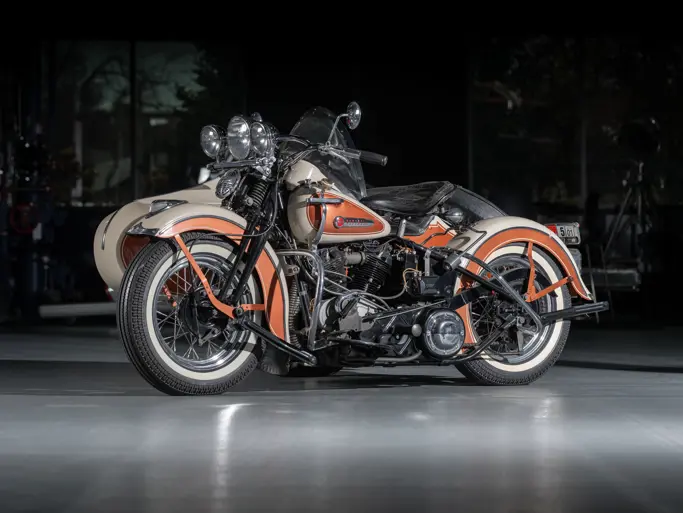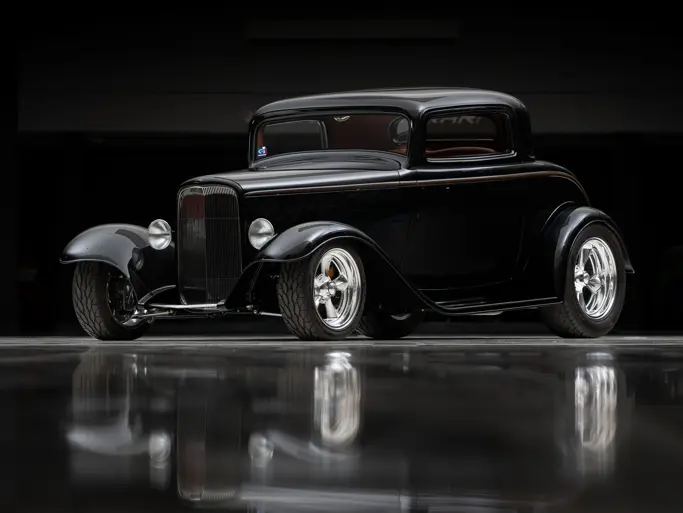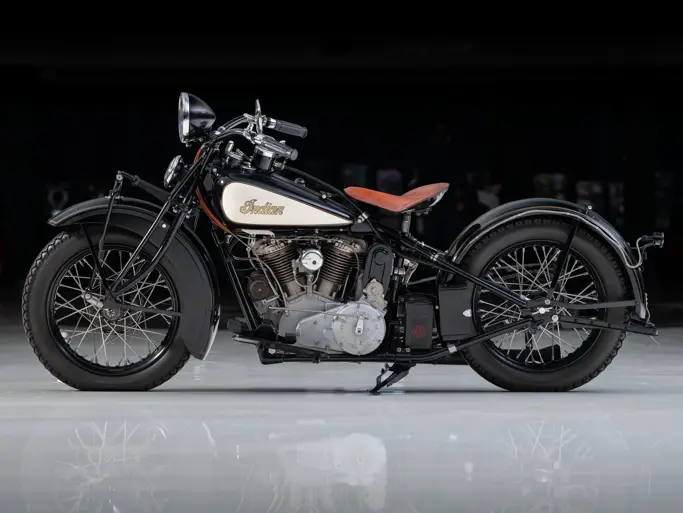The Bruce Weiner Microcar Museum
1938 Velocar
{{lr.item.text}}
$16,100 USD | Sold
 | Madison, Georgia
| Madison, Georgia
{{internetCurrentBid}}
{{internetTimeLeft}}

A complete, original example discovered in France and fully restored.
SPECIFICATIONS
Manufacturer: Charles Mochet
Origin: Puteaux, France
Production: 6,000 (all types)
Length: 6 ft. 10 in.
Identification No. N/A
Charles Mochet was a passionate believer in minimal transportation. “What isn’t there can’t break,” he would say. His aviation background in World War I instilled the values of strength and light weight, and his wheeled human-powered vehicles included only what was required to propel them forward efficiently and quickly. He was first photographed in 1924 piloting one of his three prototype Velocars. His pedal-powered four-wheeled enclosed cycles would continue to be built for 25 years, and he would become France’s best known exponent of this practical means of transport for adults.
In the twenties, the motorcar was still the purview of the wealthy, so the cyclecar boom was an attempt to make the motorcar more accessible to the general population, who at that point could only aspire to own a motorcycle. There existed a gap between the cyclecar, or motorcycle, and the bicycle, which Mochet filled with his Velocar. Mochet’s early vehicles had straight lines and pointed boat-like prows and tails, but they soon evolved into a short, rounded nose and clipped tail versions, which enclosed its pedaling occupants more efficiently. Aircraft-grade “Triplex” plywood was easy to work with and, with a simple tubular frame and two pedal sets, the vehicle was extremely light. Many were sold, and companies bought fleets of them.
Charles divided one in half and eliminated the bodywork, thereby creating the revolutionary recumbent bicycle that set numerous records and easily won most of the bicycle races it entered. So many that instead of praising its inventor, the bicycle racing association banned the recumbent. Charles was despondent, and two years later he passed away. His cause was taken up with a passion by son Georges Mochet, who, along with his mother and uncle, ran the business under his father’s name until 1958. Georges continued supporting human-powered vehicles into his eighties.
This very complete, original pre-war Velocar was found in France and was painstakingly restored by the museum. The finish is an authentic satin brown, and the interior presents a visual feast with a polished black steel frame contrasting with nickel plated hardware and polished brass detail. The flat tail was ready to accommodate the fitting of a small motor, a common pre-war practice. Even today, the Velocar retains a distinct charm. It has a delightfully light and delicate feel when pushed forward by one finger on its high-pressure bicycle tires, accompanied by the sound of its ticking cycle hub.

